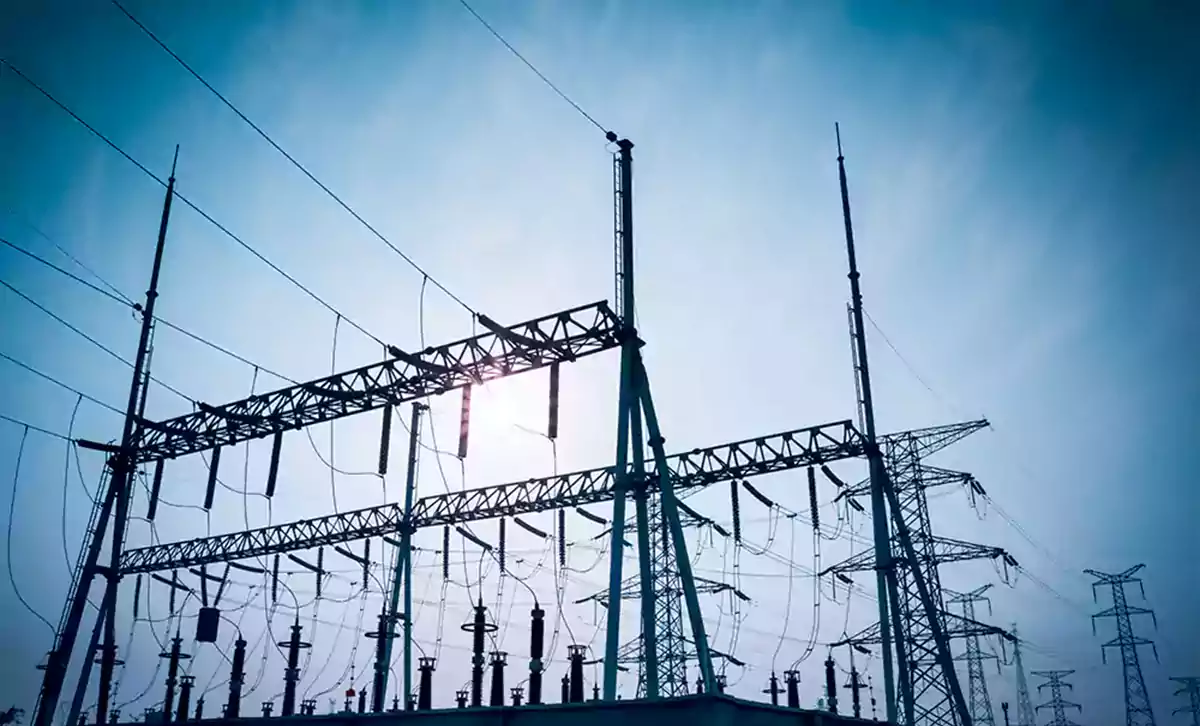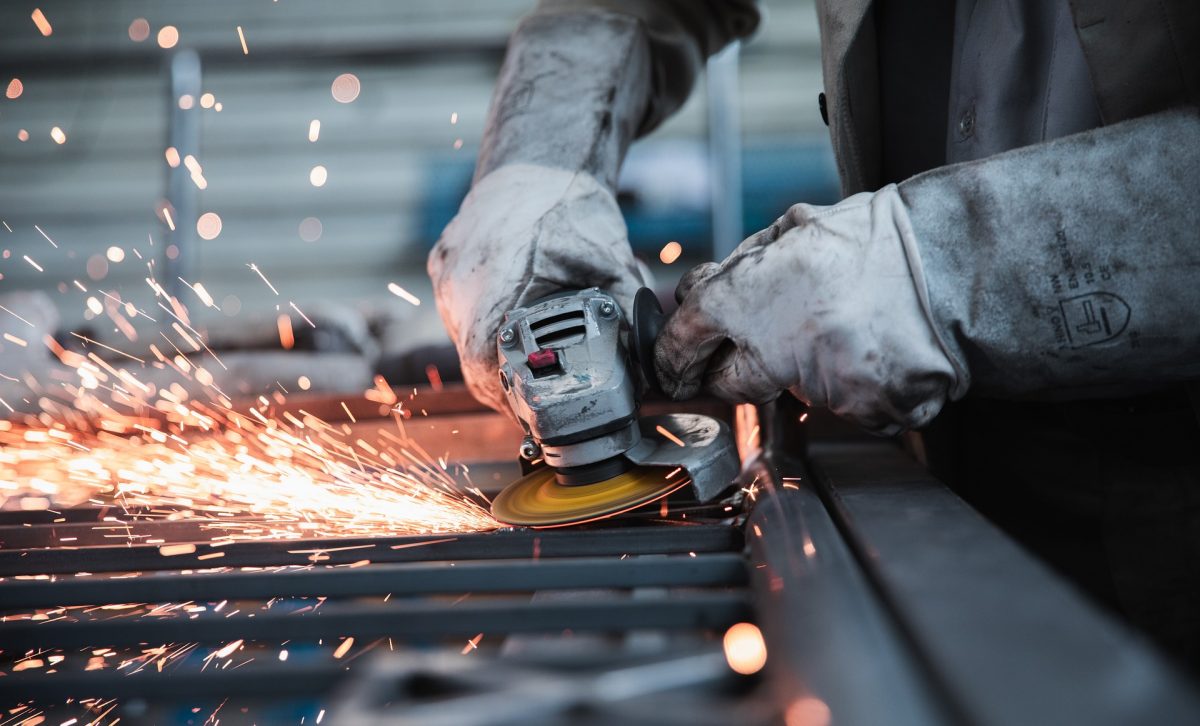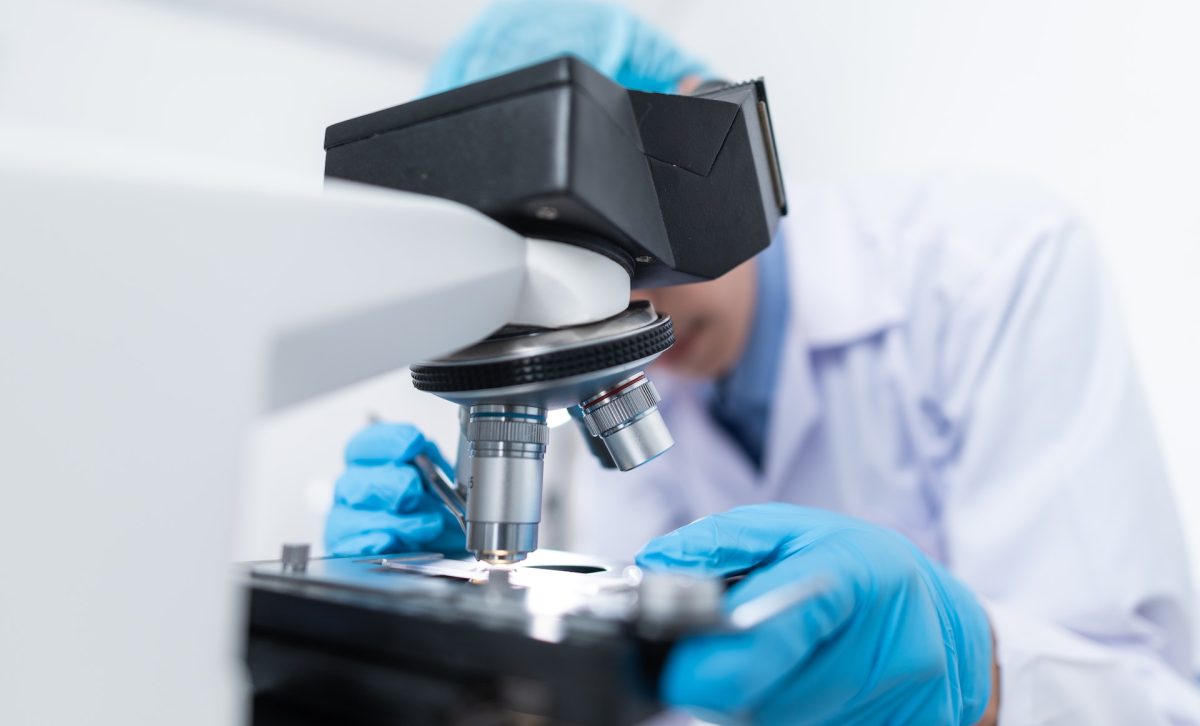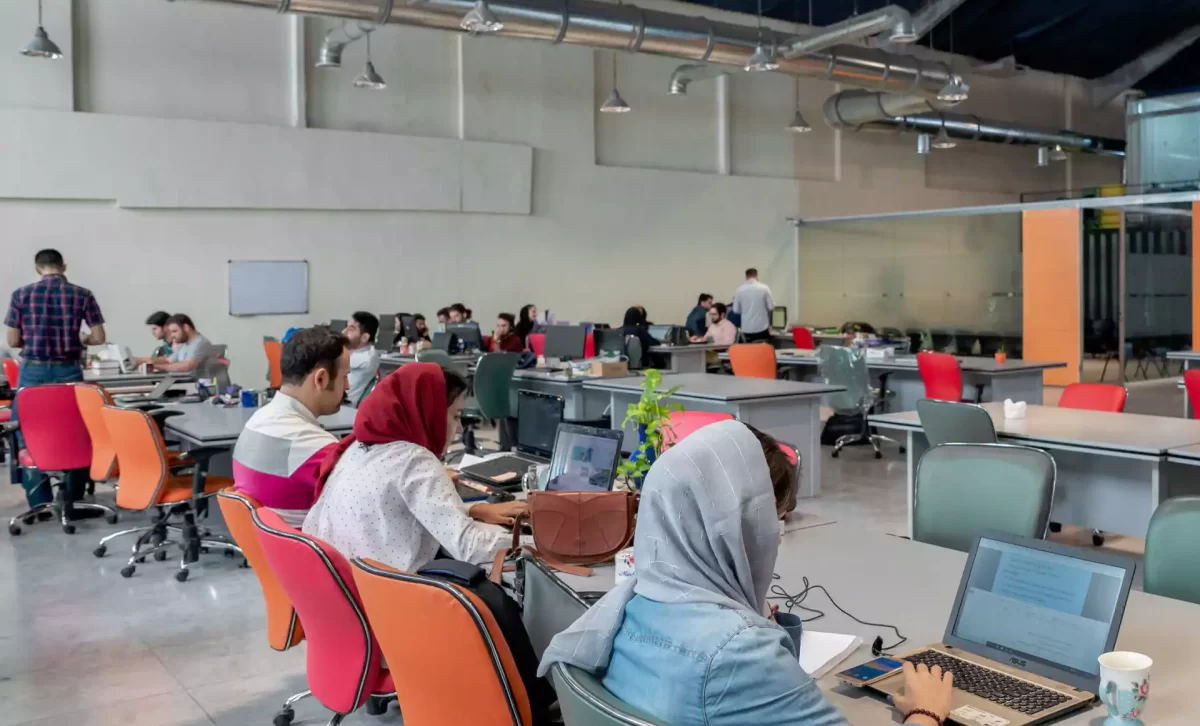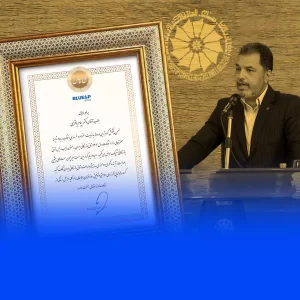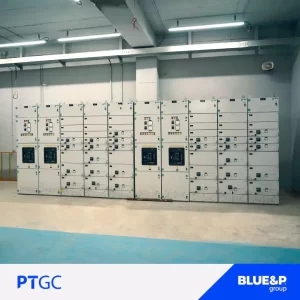Critical infrastructure is the systems, networks, and assets that are essential to the functioning of a society and its economy. Various areas of infrastructure include energy supply, oil and gas, mining, telecommunications, water, and wastewater treatment, food production, and the production of goods and services.
All areas of infrastructure are critical to the successful functioning of a country’s economy. Therefore, every country should think about providing security and protection of its infrastructure. The most significant infrastructure varies according to the environmental and economic region of each country. But for countries with oil and gas resources, this infrastructure is vital and any disruption in the process of its discovery, extraction, processing, and transportation can have significant effects on the economy and GDP of countries.
This paper examines the use of solutions to keep people involved in oil and gas safety operations safe and ensure operations throughout the production process.
Frontline safety; Excavation
Drilling an oil or gas well is a risky task due to the presence of hydrocarbons in the space, so drilling rigs are divided and classified according to the region. Each of these divisions requires its safety and security. The most appropriate way to install surveillance cameras is for this critical infrastructure.
Thermal cameras can also provide early detection of internal erosion of high-pressure lines. This erosion can lead to leakage or explosion of lines and put workers at greater risk.
Combining imaging cameras and thermal imaging cameras is an ideal solution for monitoring wellhead drilling. Using these two types of cameras simultaneously improves operational efficiency only by solving minor problems and preventive repairs.
Environmental conditions often affect the performance of oil fields. Heat, fog, and sandstorms are frequent around oil rigs. Therefore, installation used in oilfields should have designed for these conditions.
Protection of facilities around the oil field
After oil and gas extraction, these products are transferred to processing facilities for filtration and purification and converted into exportable crude oil. These processing facilities are the most significant capital in the upstream part of the oil and gas industry. That is why the protection of these areas is so important.
Using cameras and audio technology, alerts in the event of a problem. Thermal cameras use to monitor the leakage and the proper temperature of the fluids in the transfer tubes.
After processing, the crude oil transport to shore through hundreds of kilometers of pipelines, where it is prepared for transport to fuel tankers. Export crude oil that store in areas containing hundreds of tankers.
These areas are critical as to safety to prevent crude oil spills, fires, and possible attacks that disrupt the oil and gas supply chain.
Using efficient technologies such as thermal cameras and powerful surveillance cameras helps to reduce potential risks.
Secure transportation
Oil tankers are too high for crude oil to be used all over the world. Any failure or leakage can cause problems for the environment and operators of these tankers
The oil and gas industry is just one example of many sectors that are considered vital infrastructures. Many of these security and safety aspects are of paramount importance in the size of the sections. The security of these infrastructure can be secured by the use of new technologies.
Source: theenergyst.com
